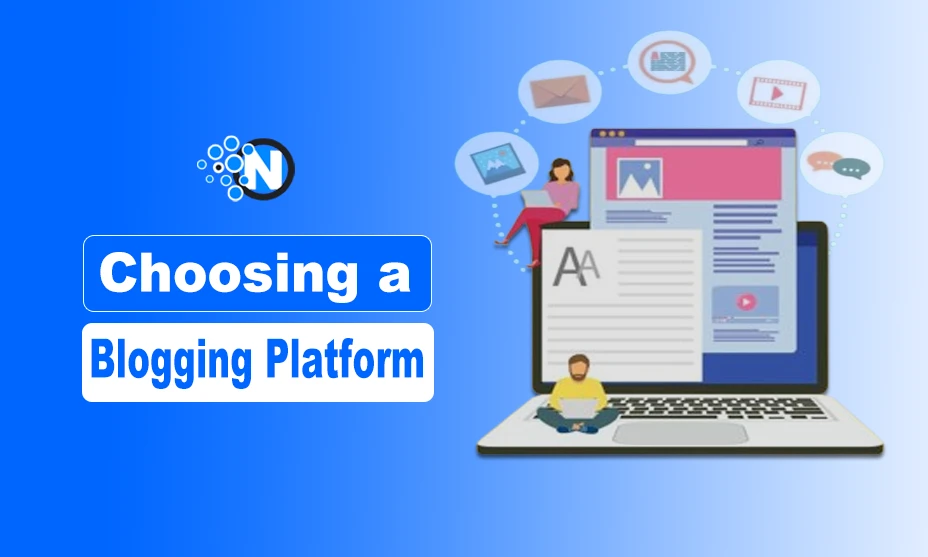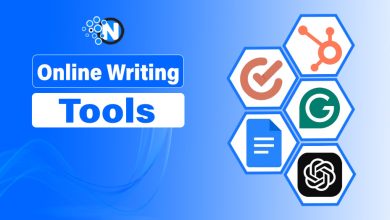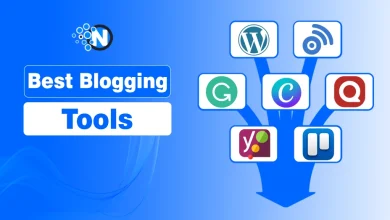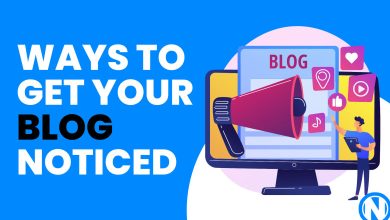What To Consider When Choosing A Blogging Platform And Why It Matters

If you’re thinking of starting a blogging site, you’re not alone: only WordPress users generate around 70 million posts each month, according to WordPress.
If you want your blog to get noticed and stand out from the crowd for all the right reasons, you need to start by getting the basics right. Picking the best blogging platform is one of them.
It can be tricky, but don’t worry, though, because I have done the legwork for you! Here, I have mentioned the important things to consider when choosing a blogging platform.
Keep reading!
Things To Consider When Choosing A Blogging Platform
I have detailed some of the top lists that you should take notice of before any blogging platform.

1. How Easy It Is to Use
Unless you’ve got some serious prior experience as a web developer, you will want to start creating your blog immediately and have it go live as soon as possible. To this end, choose a platform that’s usable with a highly-intuitive interface, so you don’t have to spend days finding your way around learning the system before getting started setting up your site.
Thinking about taking your blog site to the next level? While Medium is a well-known tool for creating in-app experiences, it’s worth checking if there is another Medium-like text editor that would suit your needs that is equally easy to use: there are plenty on the market right now that could save you time and money. Ease of use should be a main concern when choosing from multiple blogging platforms.
2. The Cost
Consider what you want from your blog and your goals when weighing up whether to opt for a free blogging platform or go with one for which you’ll pay a monthly or annual fee. As well as keeping within budget, there are other elements at play.
For example, you’ll likely have access to better customer support from a paid-for platform, as well as access to more advanced blogging tools and features, which could be useful as your site grows in scope.
3. Scalability
And talking about the future, make sure that the blogging platform you opt for has the capacity to develop and adapt to your site. So you don’t need to think about switching providers later down the line.
Map out the direction and trajectory you plan your site to take to help figure out what you’ll likely need. Check for the available upgrading plans to ensure a smooth upscaling in future. This will save a lot of effort, time and money as well.
4. Tools and Features
Are you setting up a basic blog as a hobby, or are you planning on monetizing your idea? If it’s the latter, then it’s important to choosing a blogging platform that has the features you need to do so effectively.
As well as giving you plenty of customization options, look for platforms that can provide eCommerce functionality, SEO tools, and many integrations, including your social media pages.
5. SEO Capabilities
Search engine optimization is crucial for ensuring your target audience finds your blog. Look for a platform that offers white-label SEO capabilities, such as the ability to customize key on-page SEO elements like title tags and meta descriptions and built-in SEO features like sitemaps and social sharing.
WordPress is well-known for its SEO capabilities and offers several SEO plugins, such as Yoast SEO, to further enhance your blog’s SEO performance. If you are considering any other platform, make sure to check what type of SEO features or capabilities they provide.
6. Level of Security
Hackers and other forms of cybercriminals are a serious threat to any website, and even a site purely used for blogging needs to be protected to ensure your data, and that of your visitors are not at risk.
This is one element that it’s not worth compromising on: ensure the platform you choose has robust security measures in place that is updated regularly as new threats emerge. Check if the blogging platform has its own security system or offers security add-ons or plugins.
7. Customer Support
Again, unless you’re a web developer, you’re probably going to want to know that someone is on the end of the phone (or email) who can help if you run into problems with your site. If it incorporates an eCommerce element, it’s even more important that everything runs smoothly and any issues get resolved quickly.
Look into the customer support available as part of choosing a blogging platform. If you opt for an open-source, free platform, it’s important to be aware that the only support available will be via the online community and forums. While these communities tend to be very helpful, it’s not the same as having access to support as and when you need it.
Steps to Set Up a Blog
So now you’ve chosen your platform, you’re ready to create your blogging site.
Here are the basic steps to start a blog from scratch:
1. Get the Domain Name & Hosting
Your domain name needs to be as short as possible, memorable, and easy to pronounce and spell. Ideally, use your brand name and keywords in the domain name if you are making it for your business. Get a reliable web hosting plan to make sure your blog will be up 24/7 throughout the week. You can check these web hosting providers to get started.
2. Choose a Responsive Theme
A mobile-friendly theme or template gives your blog an appealing look. If you are starting a technology blog in WordPress, you can check out these themes for tech blogs.
3. Write Quality Content
Quality and informative content is the lifeblood of any blog. Create content that is authentic, informative and useful for your target audience. You can consider different types of blog posts to attract more readers and improve organic traffic.
4. Use a Professional Email Address
If you want your blog to be a serious concern rather than a sideline hobby, then use a branded email address. This helps make your blogging business look legit and appear professional.
5. Build an Email List
Building an email list from the very beginning is a great way to stay in touch with your readers – and encourage them to return to your site regularly. Emails remain a powerful marketing tool and are a direct line of communication with your audience.
6. Make the Most of Content Repurposing
Professional bloggers know that, as well as regularly creating brand-new content, they can repurpose old content on their sites. For example, a number of pieces covering different aspects of the same subject could be collected together into an ebook ready for download. A previous social media post could also be tweaked and added to create a video blog post. The possibilities are endless.
Why It’s So Important to Get it Right Blogging Platform?
The blogging platform you choose is the foundation of your site and will determine, for example, its scalability, functionality, and the ease with which it can integrate with other tools and apps. Use the guide above to get it right, make creating and maintaining your site a breeze, and ensure a better end-user experience for your readers.




